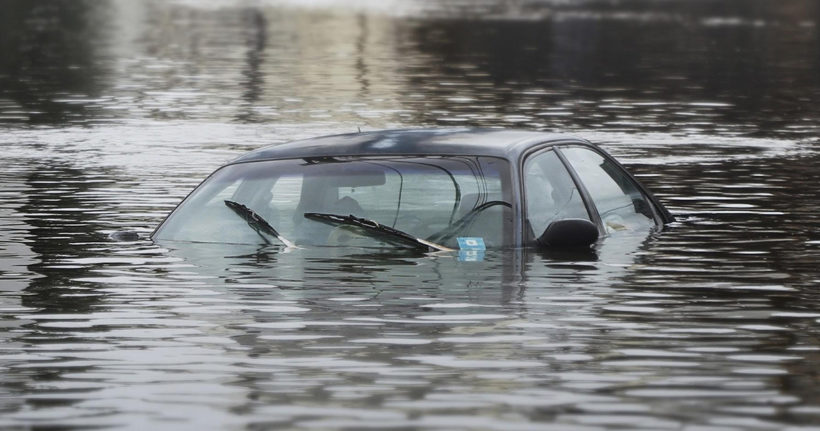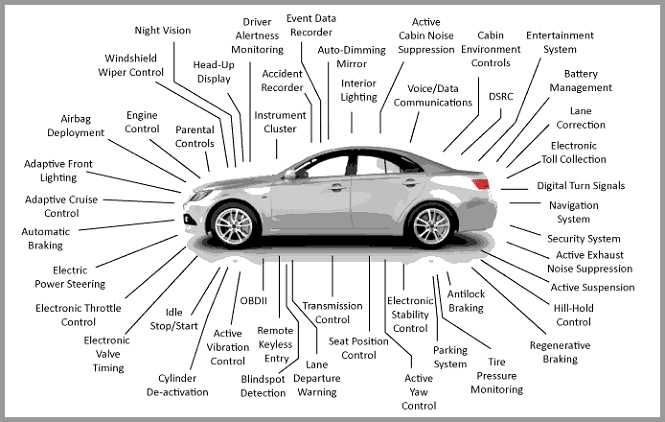What to Do If Your Car Is Flooded?
Share



Heavy flooding triggered by incessant rainfall has inundated many parts of the country including the capital. The low-lying suburbs of the capital have been flooded by surging water level. This constant waterlogging has also affected vehicular movement with a number of cars being partially or fully submerged in the floodwater. Immersion in water can wreak extensive damage in your vehicle. Hence, if your vehicle has suffered any kind of flood damage, follow this checklist to assess the damage and potentially get your vehicle running again.
Note: You might want to call a mechanic to assess the damage. This is only a checklist to evaluate the damage done by the floodwaters.
1. Don’t start your car:

Turning the key when water is in the engine could potentially make your car unusable. Hence, don’t tempt to start a flooded car- you could damage it beyond repair.
2. Evaluate the potential damage:

Look for a waterline left by mud and debris on the car. The water level can actually reveal much more about your car’s condition. If the water level has reached above the dashboard or higher, it is likely to have caused significant damage to your car. And, if the water didn’t rise much above the bottom of the doors, your vehicle will probably be fine. Also, look for debris lodged around the wheels, brakes, and underbody. If necessary, take a high-spray hose and clean in and around the wheels thoroughly, but be careful where you aim.
3. Dry out the car:

Prevent mold from forming by removing the seats padding, floor mats, door panels, carpets, and insulation completely. Mold is a special type of fungus that grows in moist environments – so, open all the doors and windows to allow the car to fully air out. If you have access to a wet/dry vacuum, use it to collect the remaining water. If not, you can put towels on the floor to soak up water. You can also deodorize your car with baking soda and a sponge before putting any of its components back inside.
4. Check the oil, air filter, and other fluids:

Check the dipstick for water droplets. If there are water droplets clinging to the end of either dipstick, do not attempt to start the engine. Make sure you drain the oil and replace the oil filter before starting the engine. You should also check the cylinders for corroded spots. Similarly, check your brake, clutch, power steering, coolant reservoirs, and transmission fluids for any signs of contamination.
5. Check electrical components:

Check the function of the headlights, turn signals, power locks, air conditioning, windows and seats, stereo, and interior lights for any potential electrical trouble.









